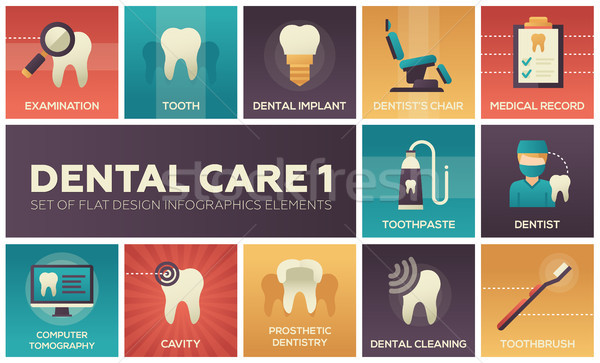Prepare Yourself For Unexpected Dental Emergency Situations By Having The Ability To Determine The Symptoms Of Trauma And Recognizing The Ideal Time To Seek Instant Medical Interest
Prepare Yourself For Unexpected Dental Emergency Situations By Having The Ability To Determine The Symptoms Of Trauma And Recognizing The Ideal Time To Seek Instant Medical Interest
Blog Article
Short Article Developed By-Vazquez Singh
If you feel an abrupt jolt of pain or discover a tooth injury, it can be distressing. But exactly how do you establish if it's a dental emergency that requires instant focus? Recognizing the crucial indications and recognizing when to look for assistance can make all the distinction in preserving your dental wellness. Understanding when to act quickly could imply the distinction in between a quick fix and extra comprehensive therapy.
Common Types of Dental Trauma
What're the typical kinds of oral trauma that you should be aware of?
Mishaps can occur, leading to different sorts of oral injuries. One common sort of dental trauma is a broken tooth. This can happen from attacking down on something difficult or experiencing a blow to the face.
An additional kind is a busted tooth, where a part of the tooth can chip off. Furthermore, you may experience a knocked-out tooth, which can occur throughout sports or falls. It's important to deal with the tooth thoroughly and look for instant dental focus.
Oral injury can additionally involve a tooth that has actually been pushed out of placement or loosened as a result of an injury. This sort of injury calls for prompt therapy to conserve the tooth.
Finally, visit this website in the mouth, such as cuts, can additionally happen from crashes. Finding out about simply click the following website page of oral injury can aid you act swiftly and suitably in case of an emergency.
Indications of Dental Emergency Situations
Recognizing the indicators of oral emergency situations is vital for punctual activity and appropriate therapy. If emergency dentist nearby experience severe tooth discomfort that's constant and throbbing, it can suggest an underlying issue that calls for prompt interest.
Swelling in the gums, face, or jaw can also be a sign of a dental emergency situation, especially if it's accompanied by discomfort or fever. Any kind of type of trauma to the mouth leading to a fractured, broken, or knocked-out tooth should be dealt with as an emergency situation to avoid more damages and prospective infection.
Hemorrhaging from the mouth that doesn't stop after using pressure for a couple of mins is another warning that you should look for emergency situation dental treatment. Furthermore, if you discover any signs of infection such as pus, a foul taste in your mouth, or a high temperature, it's vital to see a dentist asap.
Overlooking these indicators could result in a lot more major issues, so it's critical to act quickly when confronted with a potential dental emergency situation.
Importance of Immediate Treatment
Trigger action and instant treatment are crucial in dealing with oral emergencies to stop additional issues and make sure optimum outcomes for your oral health.
When faced with a dental emergency situation, such as a knocked-out tooth or severe tooth pain, looking for instant therapy can make a substantial difference in conserving your tooth and alleviating pain. Delaying treatment can cause infection, boosted discomfort, and even long-term damages to your teeth and gum tissues.
By looking for emergency situation oral treatment promptly, you increase the possibilities of successful treatment and reconstruction. Dental experts have the needed abilities and devices to deal with emergency situations efficiently, reducing the danger of long-term effects.
In addition, immediate therapy can aid handle discomfort and discomfort, enabling you to resume your day-to-day activities without diversion.
Final thought
In conclusion, recognizing dental injury and knowing when to look for first aid is essential for keeping dental health.
By identifying common sorts of dental injuries and the signs of dental emergency situations, you can make certain timely care to stop further damages and issues.
Remember, looking for prompt therapy can conserve teeth, lower pain, and boost the possibilities of effective healing.
Do not hesitate to look for help from a dental specialist if you experience any indicators of dental trauma.
